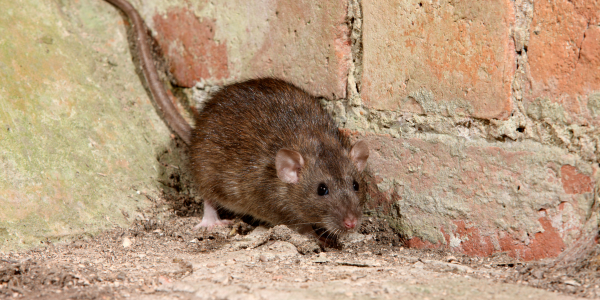10 Tried and True Termite Tips
Termites can be one of the scariest pest situations for homeowners. Not only can they seemingly pop up out of nowhere, but the damage they cause is often expensive and rarely covered by homeowners’ insurance. Luckily, with some basic termite-proofing measures, you can identify vulnerabilities in your home before it’s too late. Here are 10 tried and true termite tips that’ll help you protect your home…and your wallet.
Termite Tip #1: Reduce Moisture
Termites thrive best in moist places, particularly where there is also damp or rotting wood present. Reducing moisture is key to minimizing the risk of a termite infestation. A few key vulnerabilities to check for include leaking pipes, faucets, and air conditioning units.
Termite Tip #2: Store Firewood Properly
Even though it’s convenient to store your firewood a few steps away (especially when it’s cold outside!), firewood should always be stored in a dry location at least 20 feet away from your home’s structure to help keep termites at bay.
Termite Tip #3: Inspect Your Home’s Foundation
Do a visual inspection of your home’s foundation and look for signs of mud tubes, which are used by termites to reach their food source. Two other visual indicators to look for are bubbling paint and wood that sounds hollow if you tap on it—both signs you may have a termite infestation in your home.
Termite Tip #4: Reduce Wood-to-Ground Contact
To help deter termites from your home, it’s critical to maintain an 18-inch gap between the soil and any wood structures within your home’s construction, including porches, siding, and decks.
Termite Tip #5: Nix the Excess Cellulose Materials
Termites feed on cellulose, which is found not only in wood, but also in cardboard boxes, firewood, and sawdust. It’s important to be mindful of where you store these items (and if you need to store them at all). In addition to the moisture it holds which is already a draw for termites, mulch is also another common cellulose culprit; replacing it with cellulose-free alternatives is recommended.
Termite Tip #6: Minimize Entry Points
Termites can get inside through small nooks and crannies, such as the gaps around your water and gas lines. As with many common household pests, if you make it easy for termites to enter your home, they will come on in. A regular visual inspection around your property can ensure vulnerable areas are identified.
Termite Tip #7: Stay on Top of Your Home Repairs
Routinely check for areas such as your home’s fascia, soffits, roof shingles, weather stripping, and loose mortar around your home’s foundation and windows. A few minor repairs here and there can save you a lot of money on termite damages!
Termite Tip #8: Opt for Pressure-Treated Wood
If you’re adding on to your home with a new back deck, for example, opt for pressure-treated wood for your project. Termites rarely attempt to eat wood that’s been treated. With any wood you bring onto your property, be sure to inspect the lumber before implementing it into your projects.
Termite Tip #9: Divert Water Away from Your House
Your home’s foundation and roof are areas where water may pool if not effectively managed. Do a visual inspection to make sure water is flowing away from these areas through properly flowing downspouts, gutters, and splash blocks.
Termite Tip #10: Always Have a Termite Control Plan in Place
Year-round termite coverage, when paired with an annual inspection by a trained professional, is the most effective way to protect your home from termites.
Knockout Pest Control’s team will work with you to choose the most effective control plan for your home’s construction and help identify any conducive conditions that may be putting your home at risk of a termite infestation.
Knock out termites now—call (800) 244-7378.



